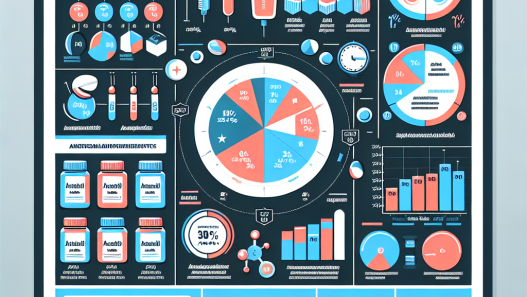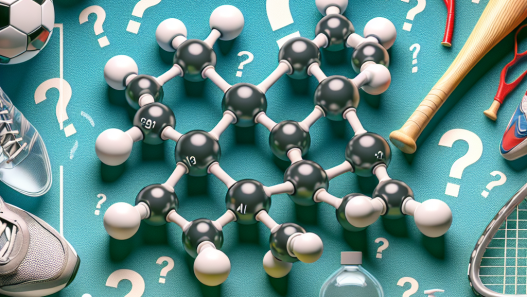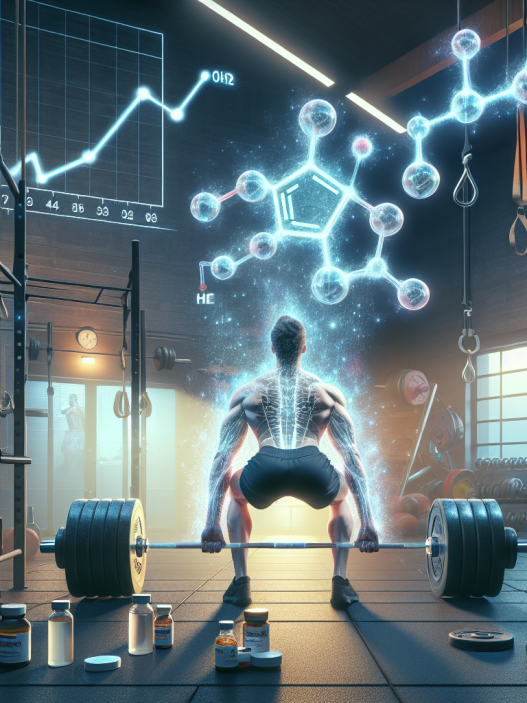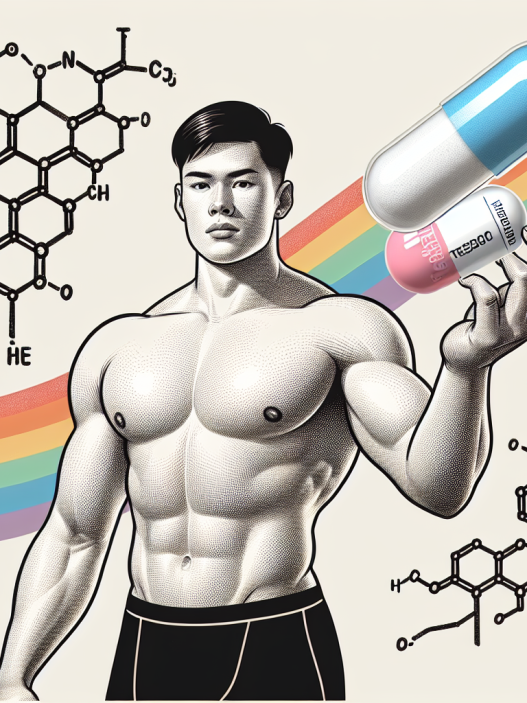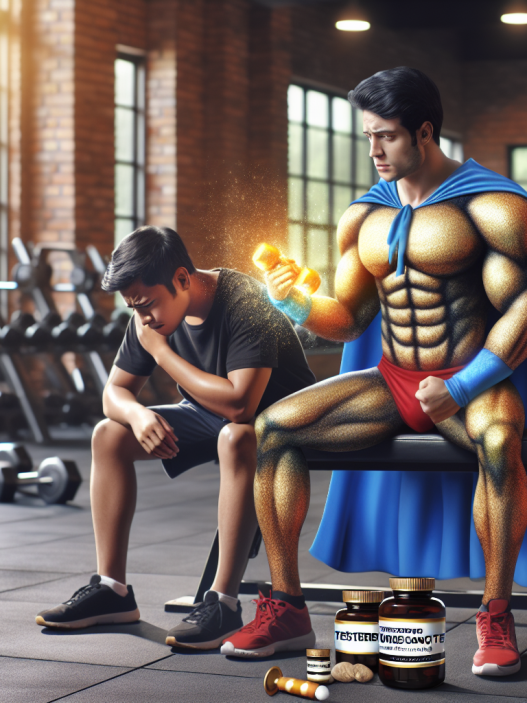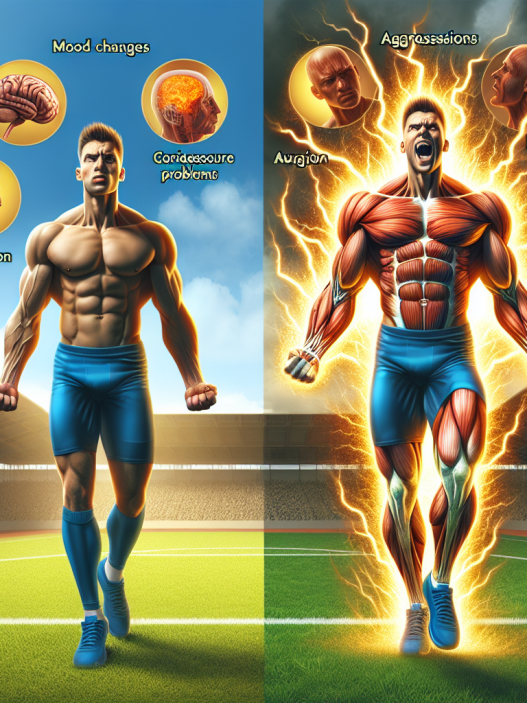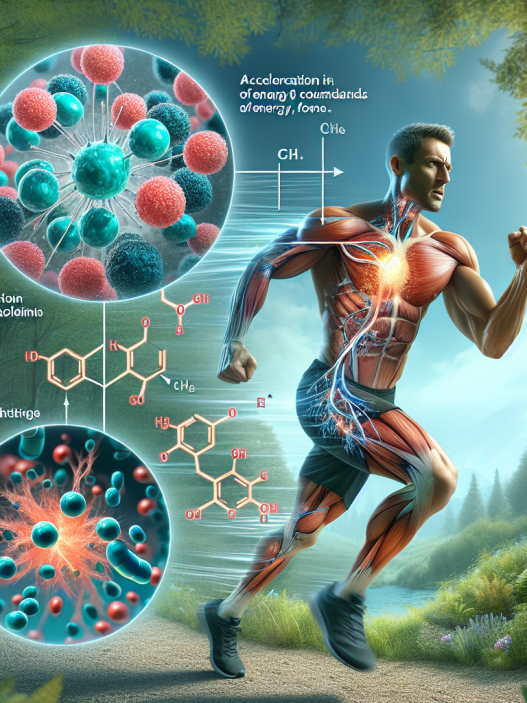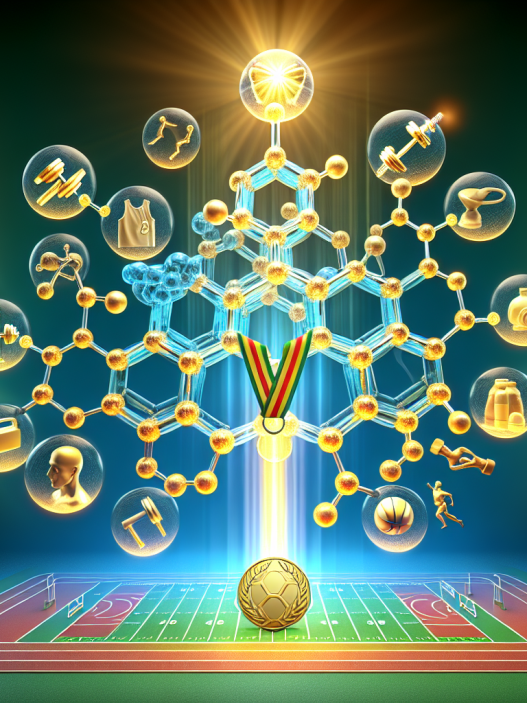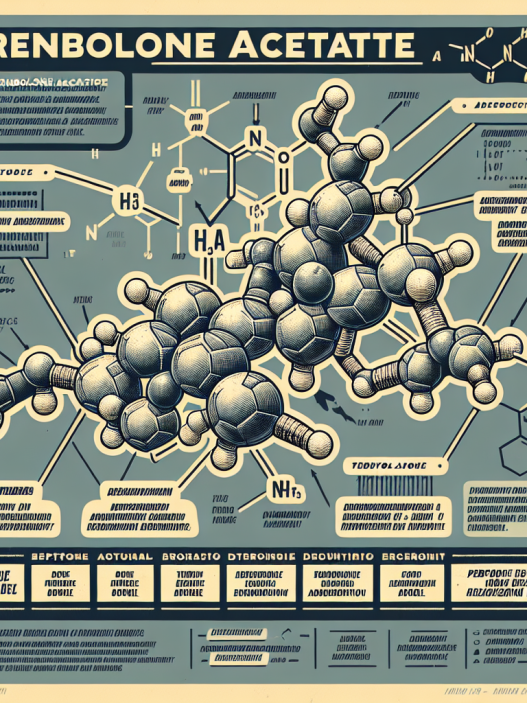-
Table of Contents
Exploring the Use of Testosterone Propionate in Sports Pharmacology
Testosterone propionate is a synthetic form of testosterone, a naturally occurring hormone in the body that is responsible for the development of male characteristics. It is commonly used in sports pharmacology to enhance athletic performance and muscle growth. In this article, we will delve into the pharmacokinetics and pharmacodynamics of testosterone propionate, its potential benefits and risks, and its use in the world of sports.
The Pharmacokinetics of Testosterone Propionate
Testosterone propionate is a fast-acting ester of testosterone, meaning it has a short half-life of approximately 2-3 days (Handelsman et al. 2018). This makes it a popular choice among athletes as it can quickly enter and exit the body, allowing for more precise control over its effects. It is typically administered via intramuscular injection, with peak levels reached within 24-48 hours after administration.
Once in the body, testosterone propionate is converted into dihydrotestosterone (DHT) and estradiol, which are responsible for its anabolic and androgenic effects, respectively (Handelsman et al. 2018). DHT is known to have a stronger binding affinity to androgen receptors, making it more potent in promoting muscle growth and strength. Estradiol, on the other hand, can lead to side effects such as gynecomastia (enlargement of male breast tissue) and water retention.
The Pharmacodynamics of Testosterone Propionate
The anabolic effects of testosterone propionate are well-documented in scientific literature. It has been shown to increase muscle mass, strength, and athletic performance in both healthy individuals and those with testosterone deficiency (Handelsman et al. 2018). This is due to its ability to stimulate protein synthesis and inhibit protein breakdown, leading to an overall increase in muscle mass.
Aside from its anabolic effects, testosterone propionate also has androgenic effects, which are responsible for the development of male characteristics such as facial hair, deepening of the voice, and increased libido. These effects can be beneficial for athletes looking to improve their physical appearance and performance.
The Benefits and Risks of Testosterone Propionate in Sports
The use of testosterone propionate in sports has been a controversial topic, with some arguing that it provides an unfair advantage to athletes. However, there is evidence to suggest that it can have significant benefits for athletes, especially in sports that require strength and power.
One study found that testosterone propionate supplementation in male athletes resulted in a significant increase in muscle mass and strength compared to a placebo group (Kvorning et al. 2006). This can be beneficial for athletes in sports such as weightlifting, powerlifting, and sprinting, where strength and power are crucial for success.
However, the use of testosterone propionate also comes with potential risks. As mentioned earlier, it can lead to side effects such as gynecomastia and water retention. It can also suppress the body’s natural production of testosterone, leading to a decrease in sperm production and fertility (Handelsman et al. 2018). Therefore, it is essential to use testosterone propionate under the supervision of a healthcare professional and to follow proper dosage protocols.
Real-World Examples
The use of testosterone propionate in sports is not limited to professional athletes. It is also prevalent among amateur athletes and bodybuilders looking to improve their physical performance and appearance. One example is the case of former Olympic sprinter Ben Johnson, who was stripped of his gold medal in the 1988 Olympics after testing positive for testosterone propionate (Bhasin et al. 1996). This incident shed light on the use of performance-enhancing drugs in sports and sparked a debate on the ethics of their use.
Another example is the case of bodybuilder Rich Piana, who openly admitted to using testosterone propionate and other anabolic steroids throughout his career. Piana claimed that these substances were necessary for him to achieve his desired physique and compete at the highest level in bodybuilding competitions (Piana 2016). However, his untimely death in 2017 raised concerns about the potential risks of using these substances without proper medical supervision.
Expert Opinion
While the use of testosterone propionate in sports remains a controversial topic, it is essential to consider the potential benefits and risks associated with its use. As with any medication or supplement, it should be used under the guidance of a healthcare professional and in accordance with proper dosage protocols. It is also crucial to monitor for any potential side effects and to prioritize the overall health and well-being of athletes.
References
Bhasin, S., Storer, T.W., Berman, N., Callegari, C., Clevenger, B., Phillips, J., Bunnell, T.J., Tricker, R., Shirazi, A., and Casaburi, R. (1996). The effects of supraphysiologic doses of testosterone on muscle size and strength in normal men. The New England Journal of Medicine, 335(1), 1-7.
Handelsman, D.J., Yeap, B.B., and Flicker, L. (2018). Pharmacology of testosterone and its therapeutic uses in hypogonadal men. Best Practice & Research Clinical Endocrinology & Metabolism, 32(2), 135-148.
Kvorning, T., Christensen, L.L., Madsen, K., Nielsen, J.L., Gejl, K.D., and Brixen, K. (2006). Suppression of endogenous testosterone production attenuates the response to strength training: a randomized, placebo-controlled, and blinded intervention study. The American Journal of Physiology-Endocrinology and Metabolism, 291(6), E1325-E1332.
Piana, R. (2016). Rich Piana talks about his steroid cycles. YouTube. Retrieved from https://www.youtube.com/watch?v=JZ9ZcJyjJYs


